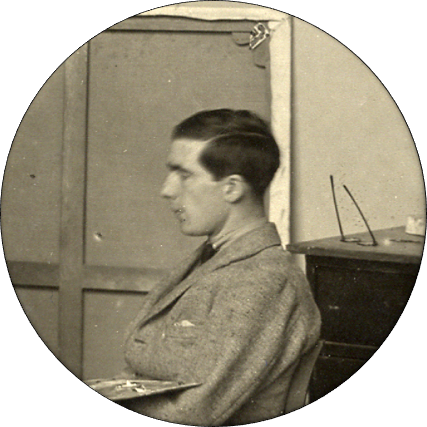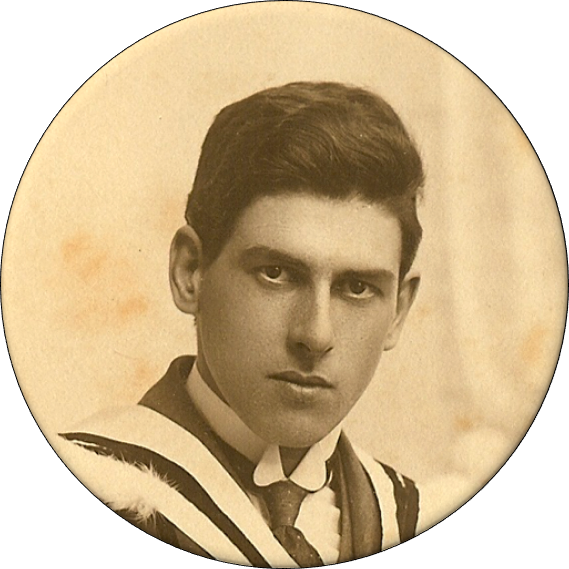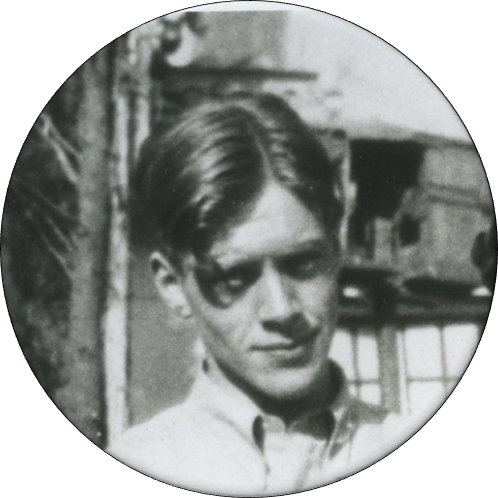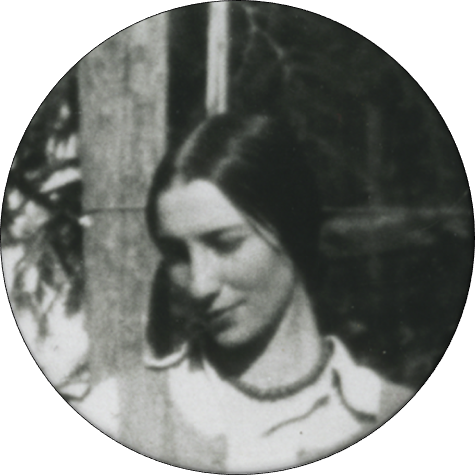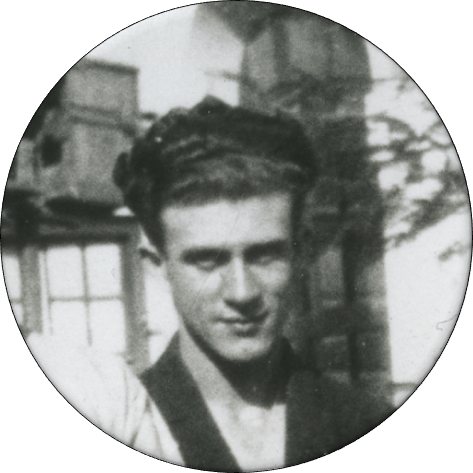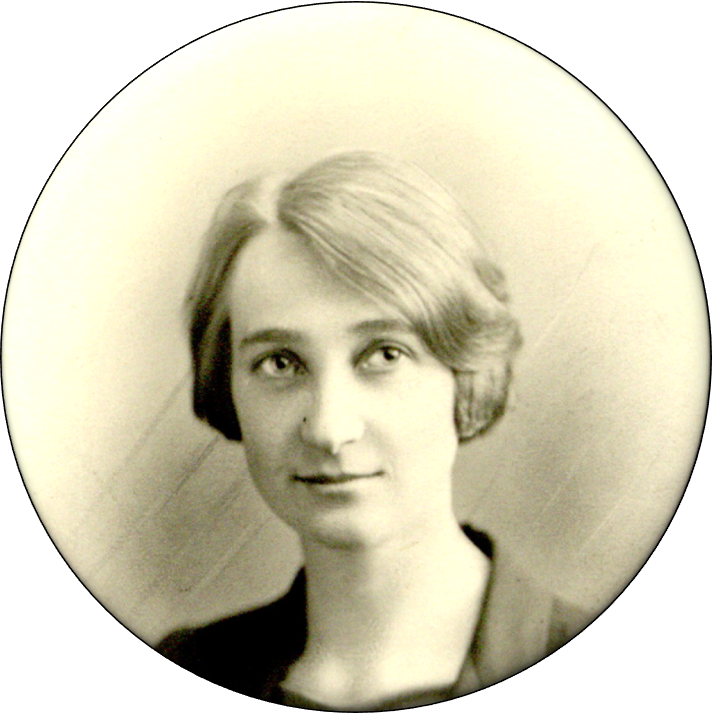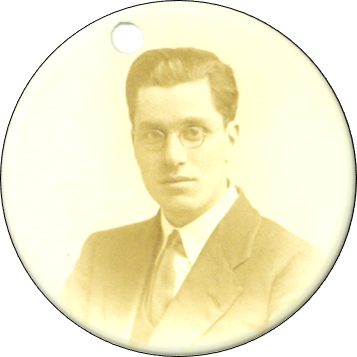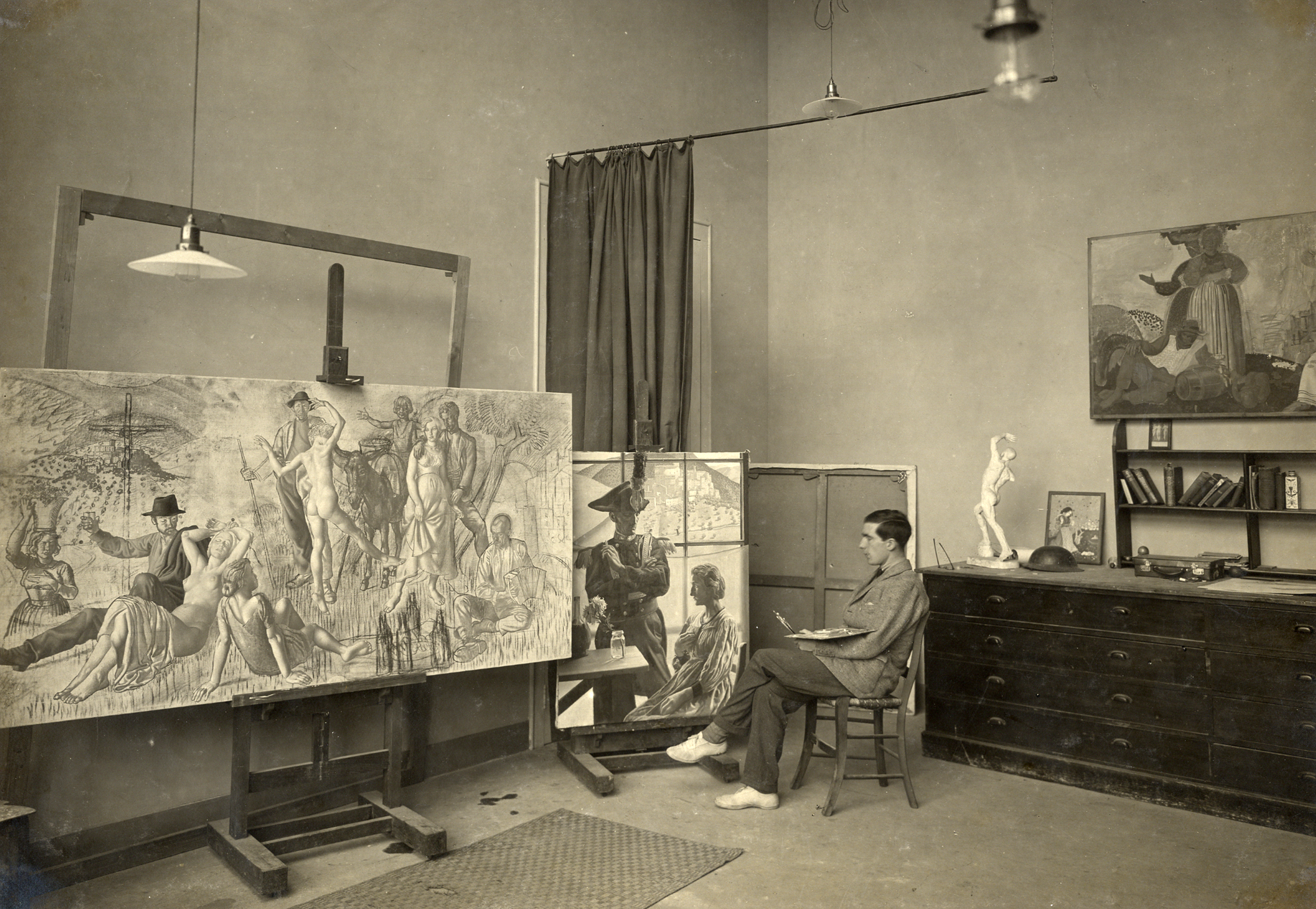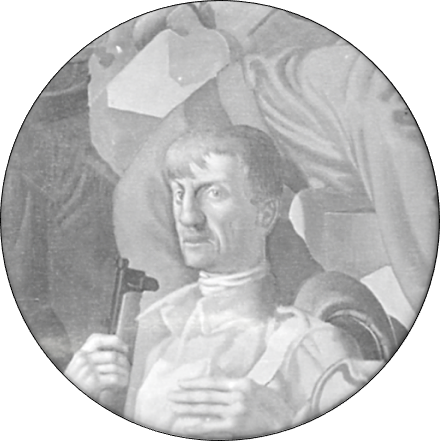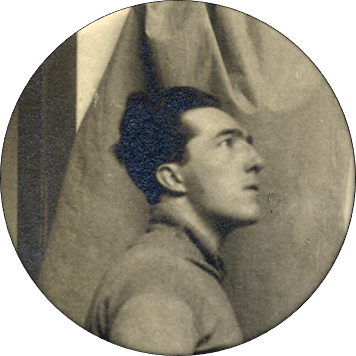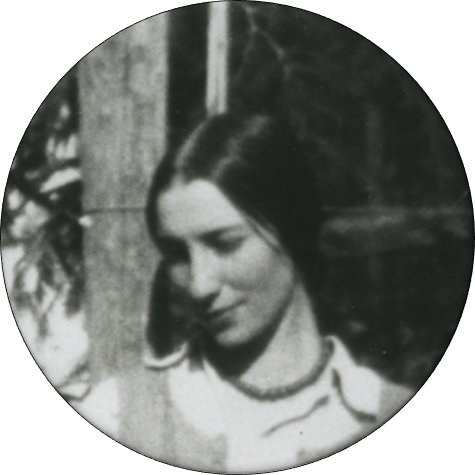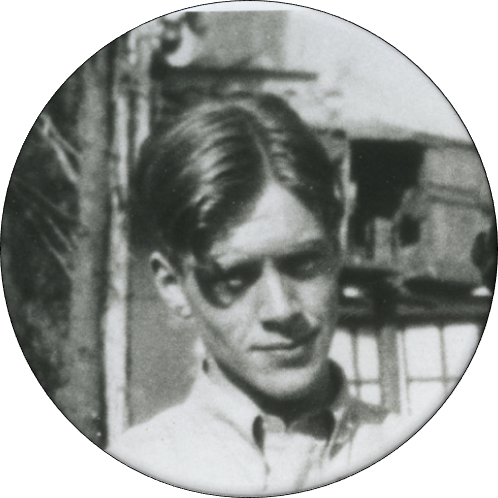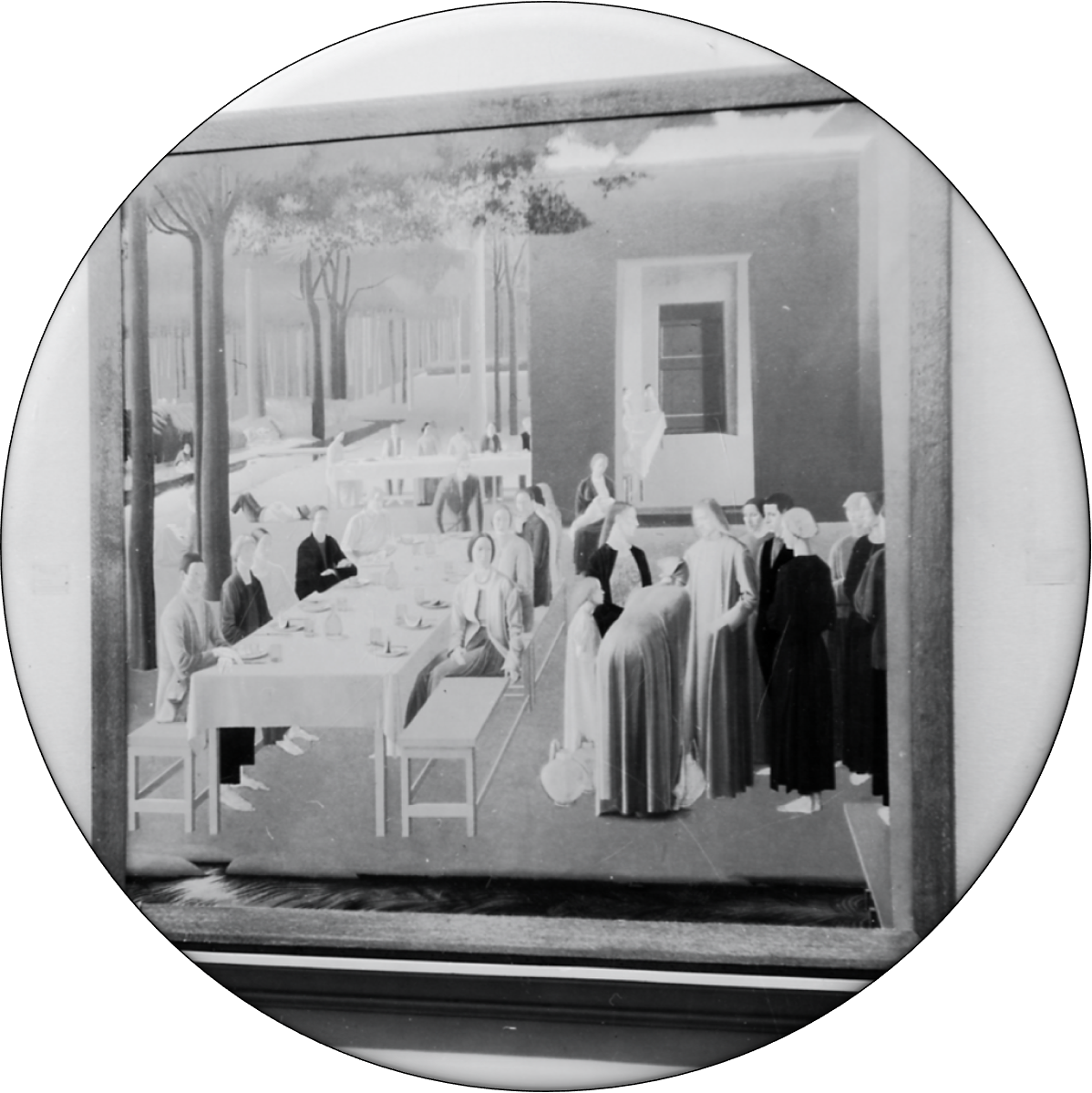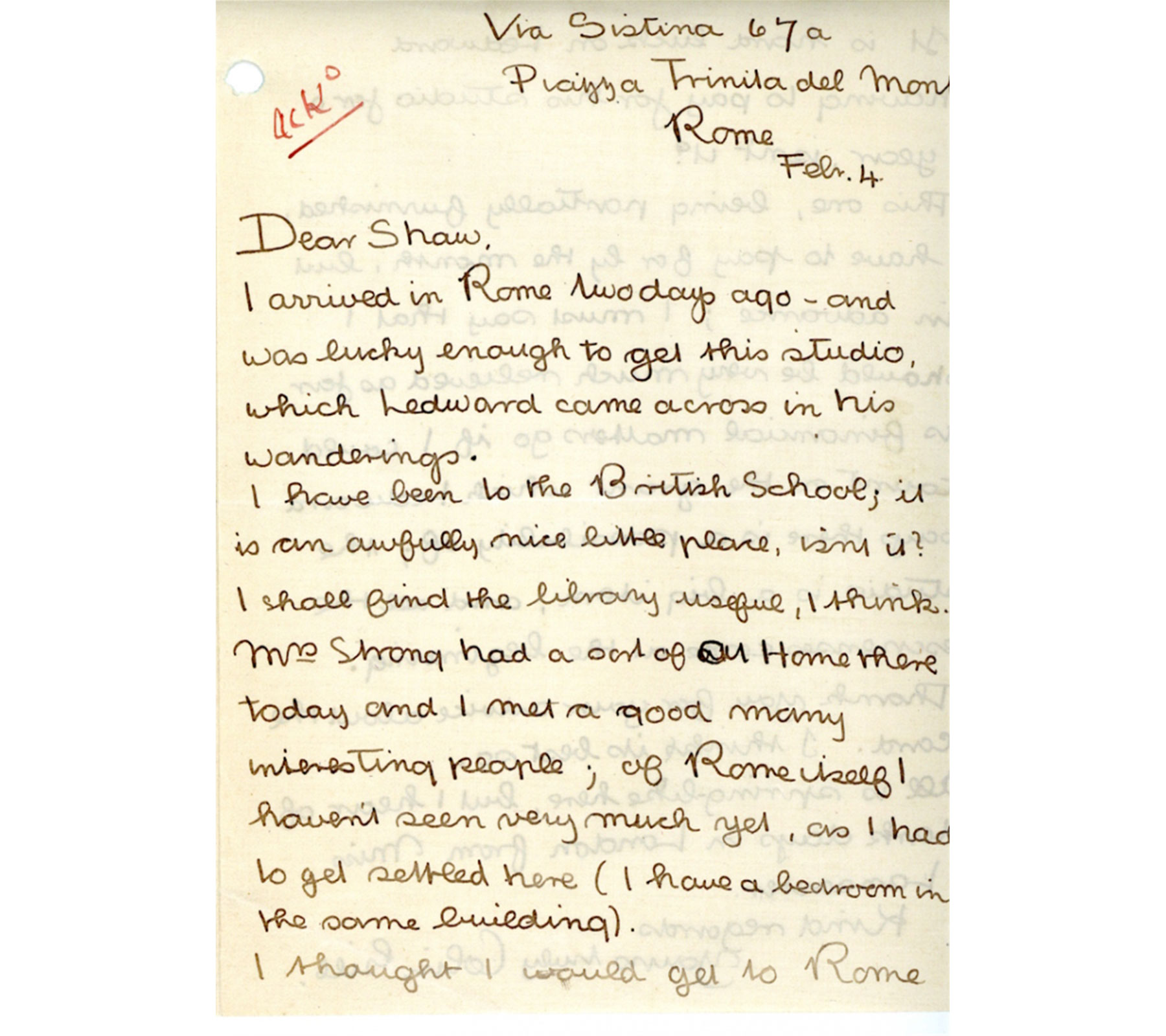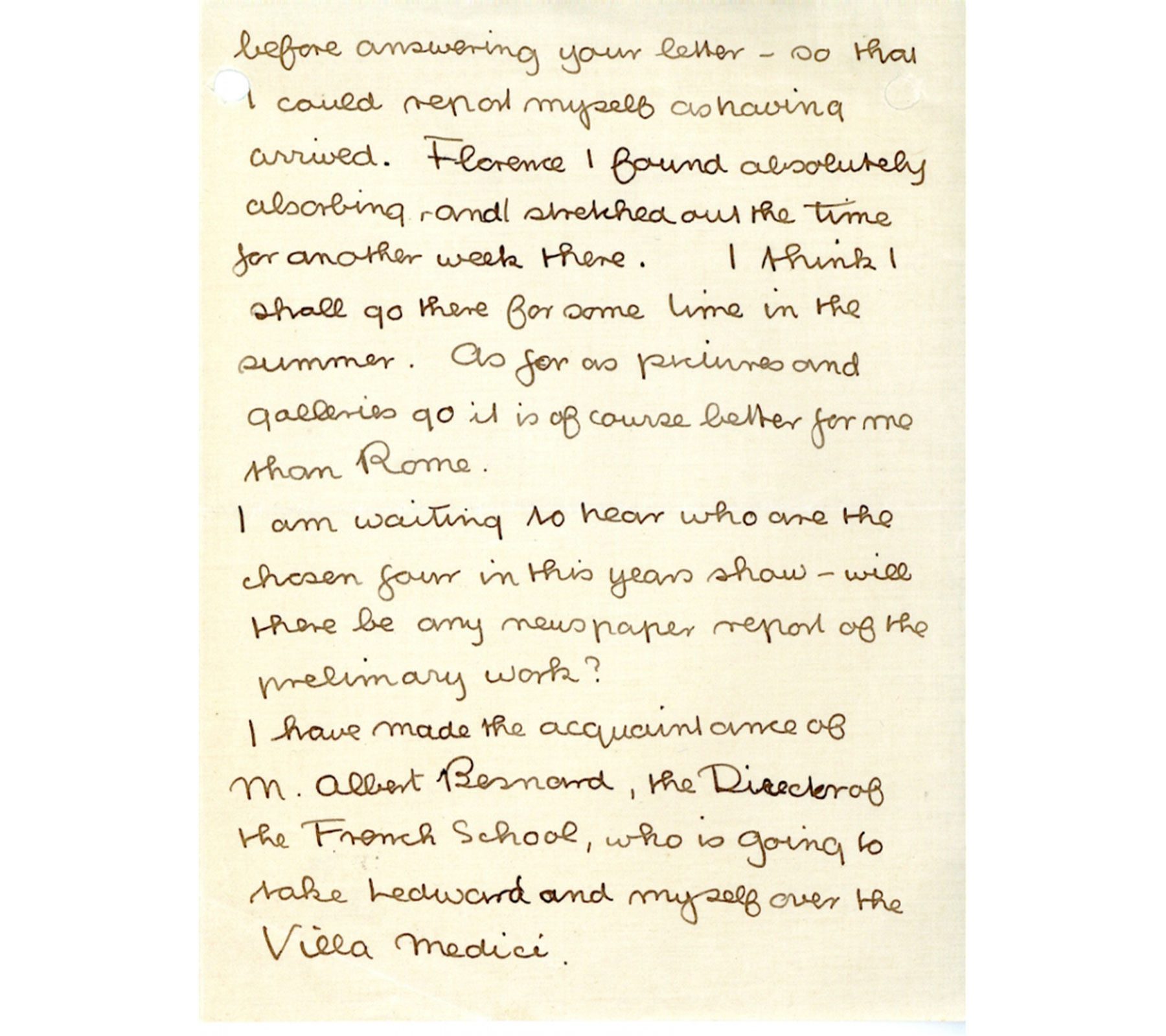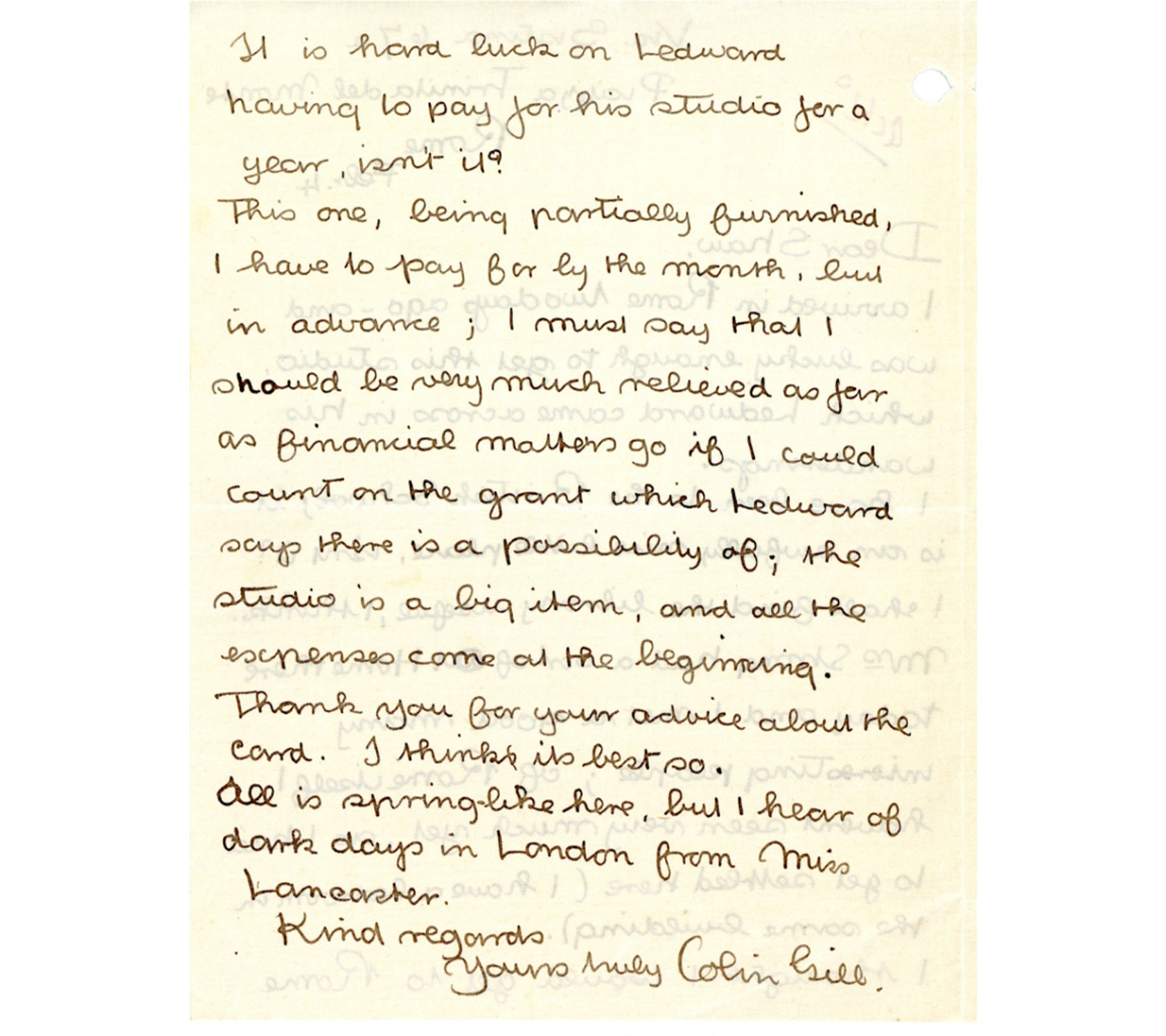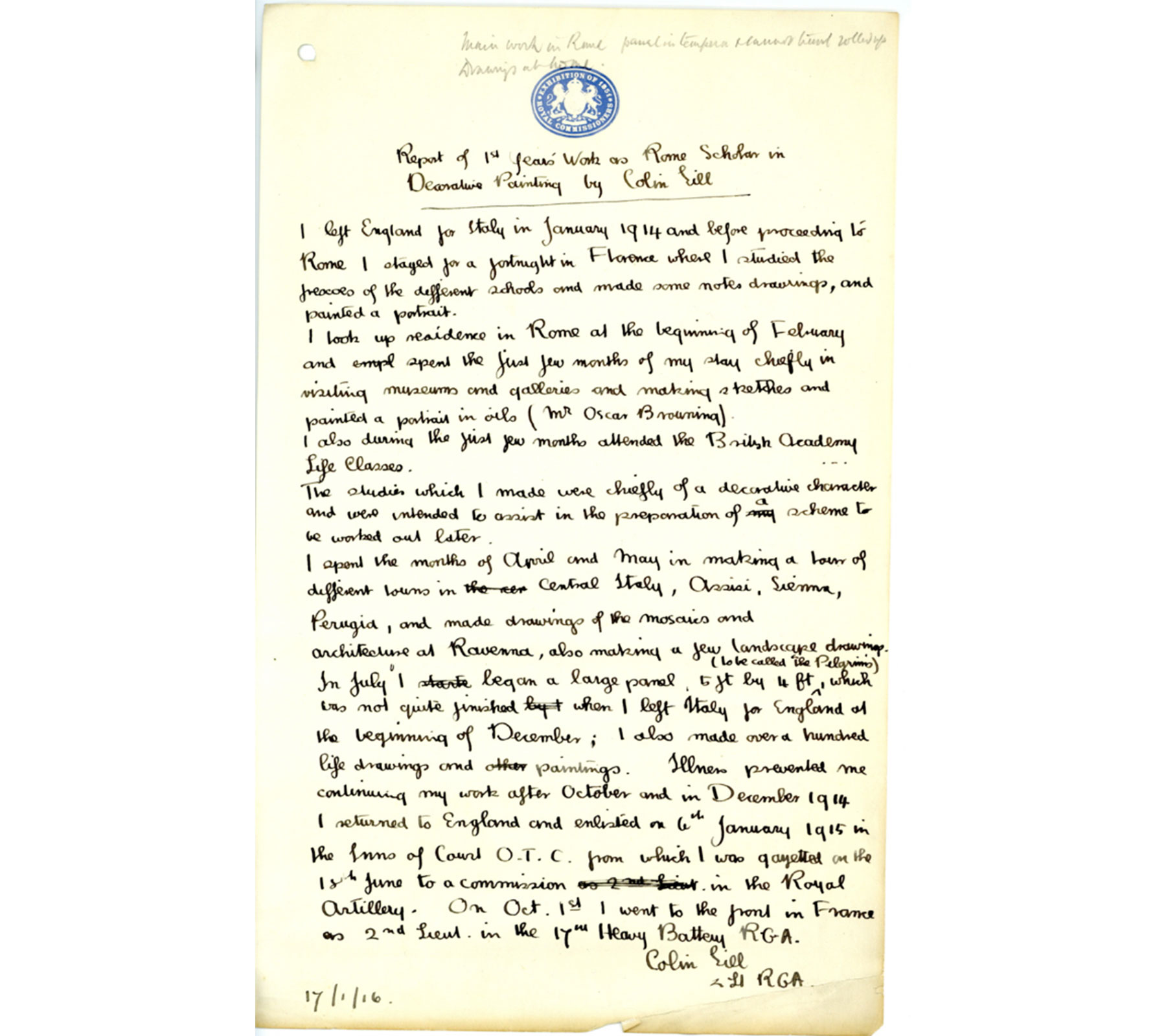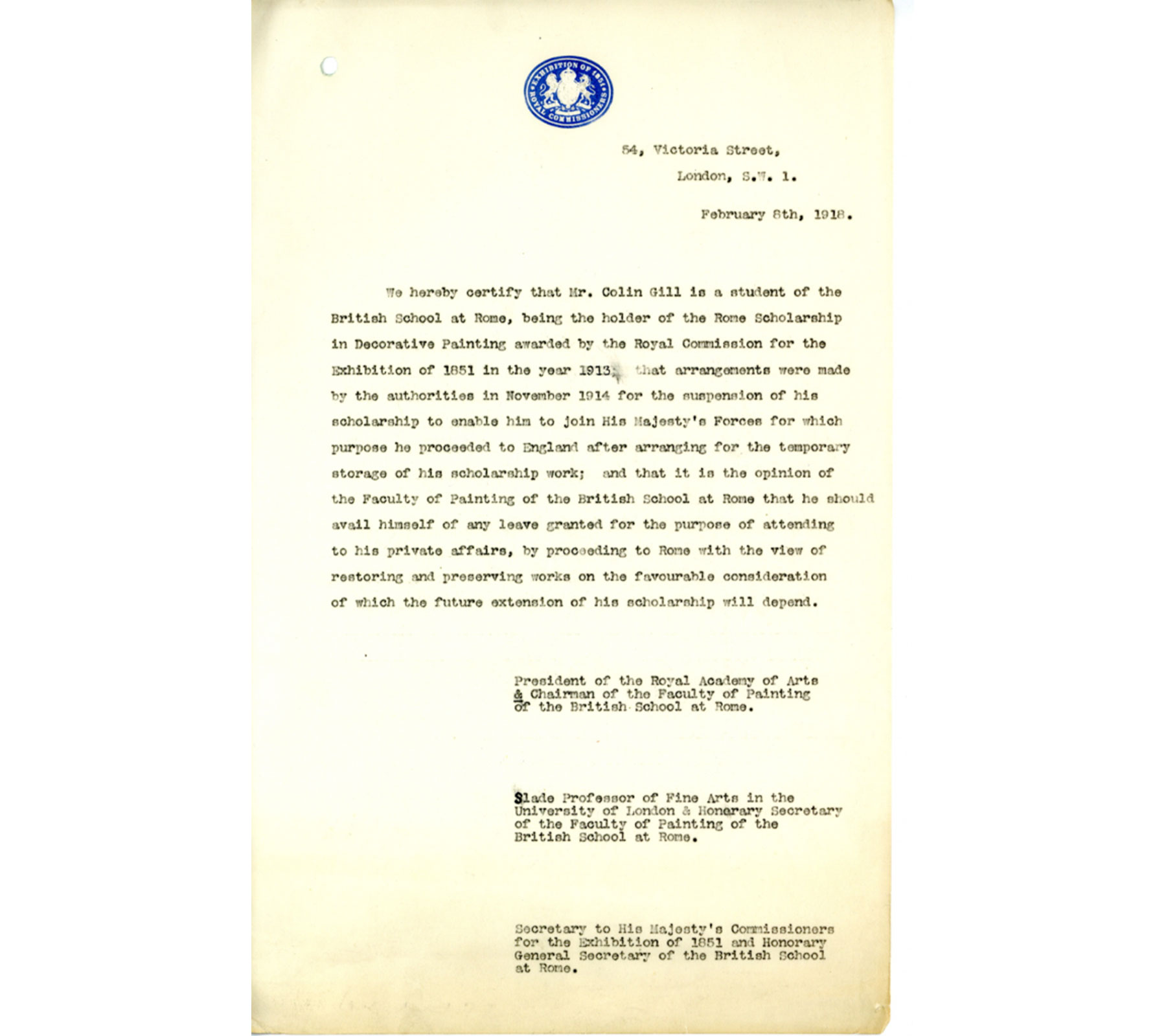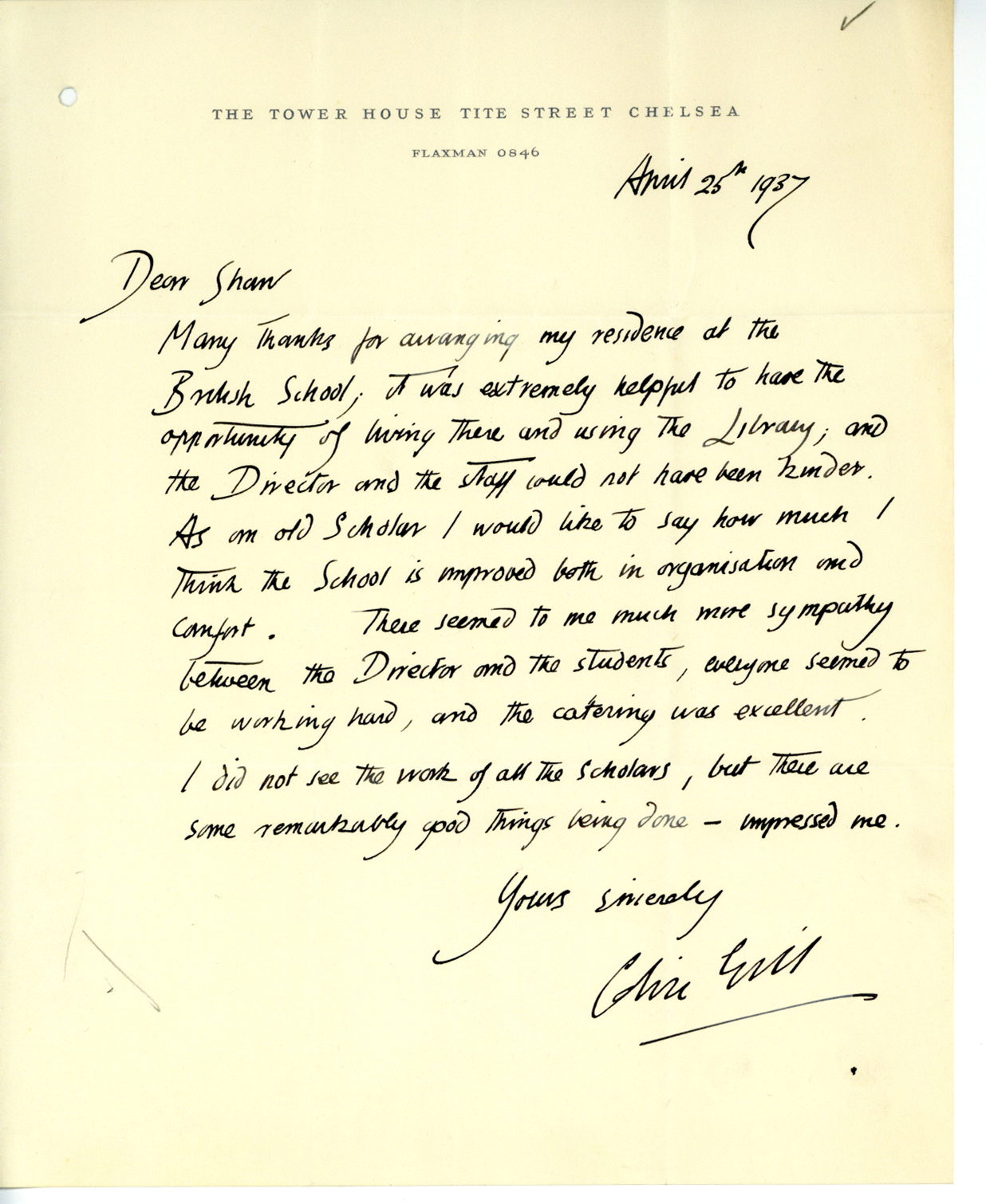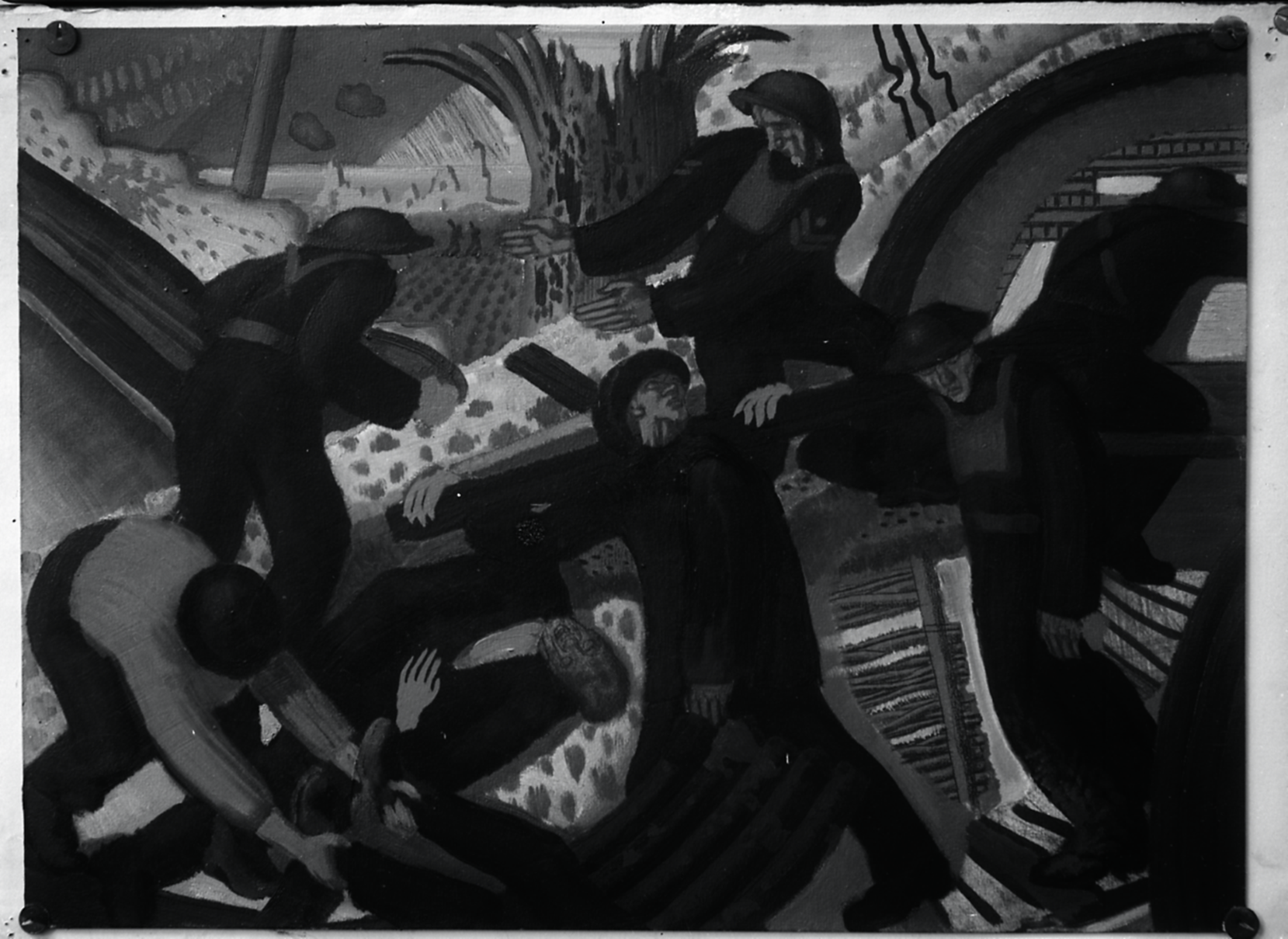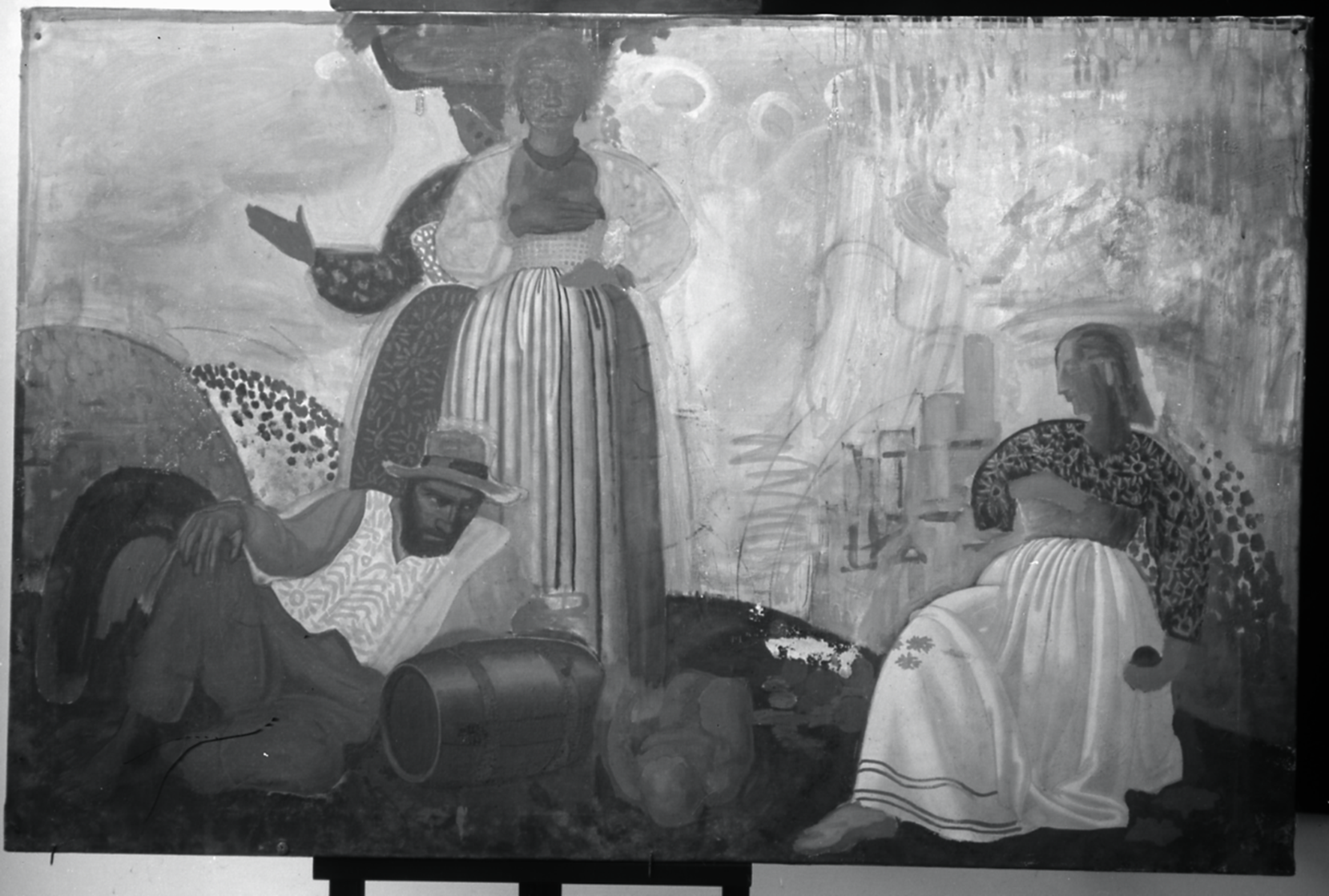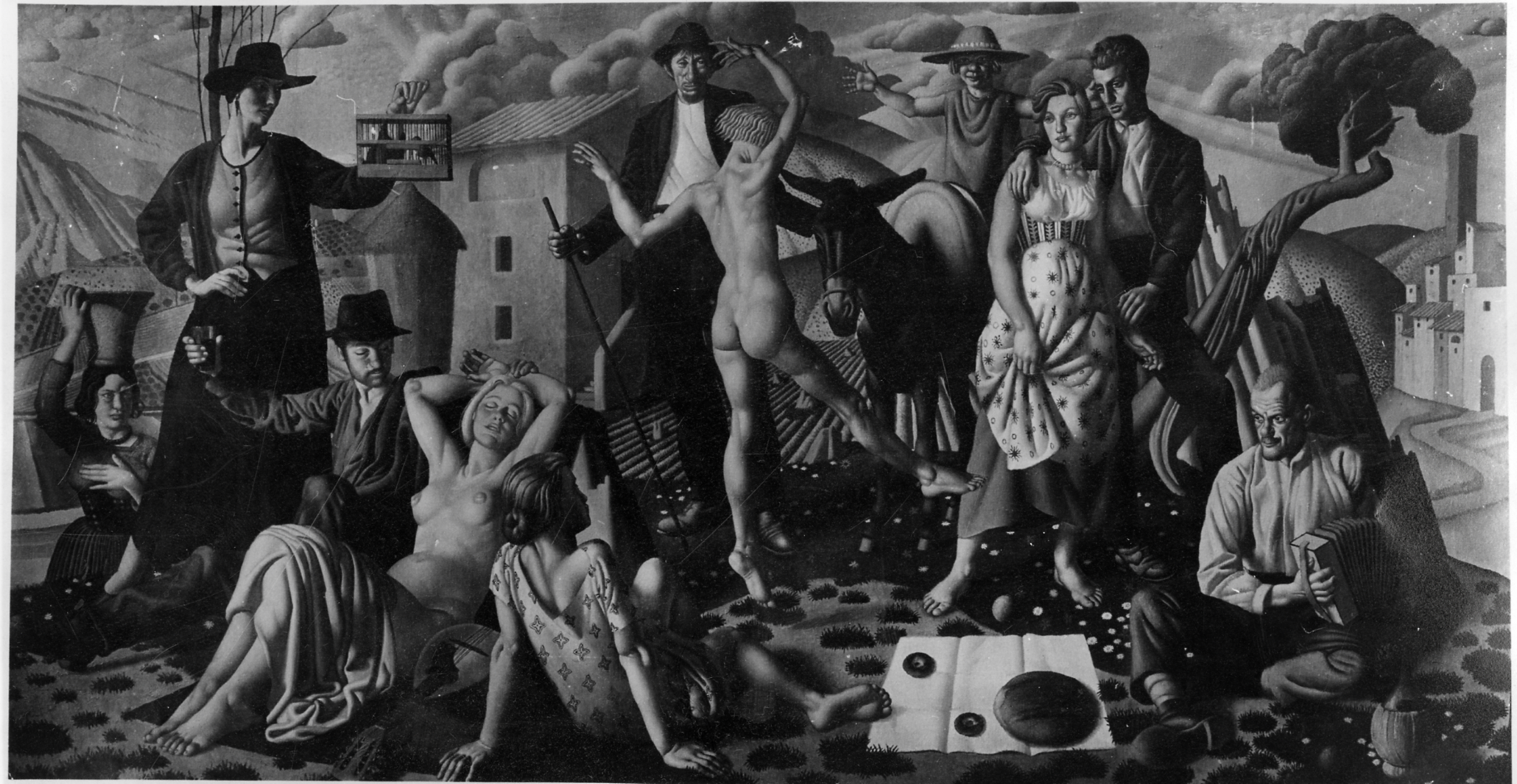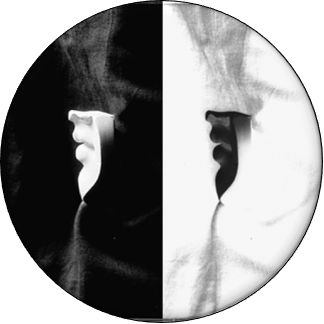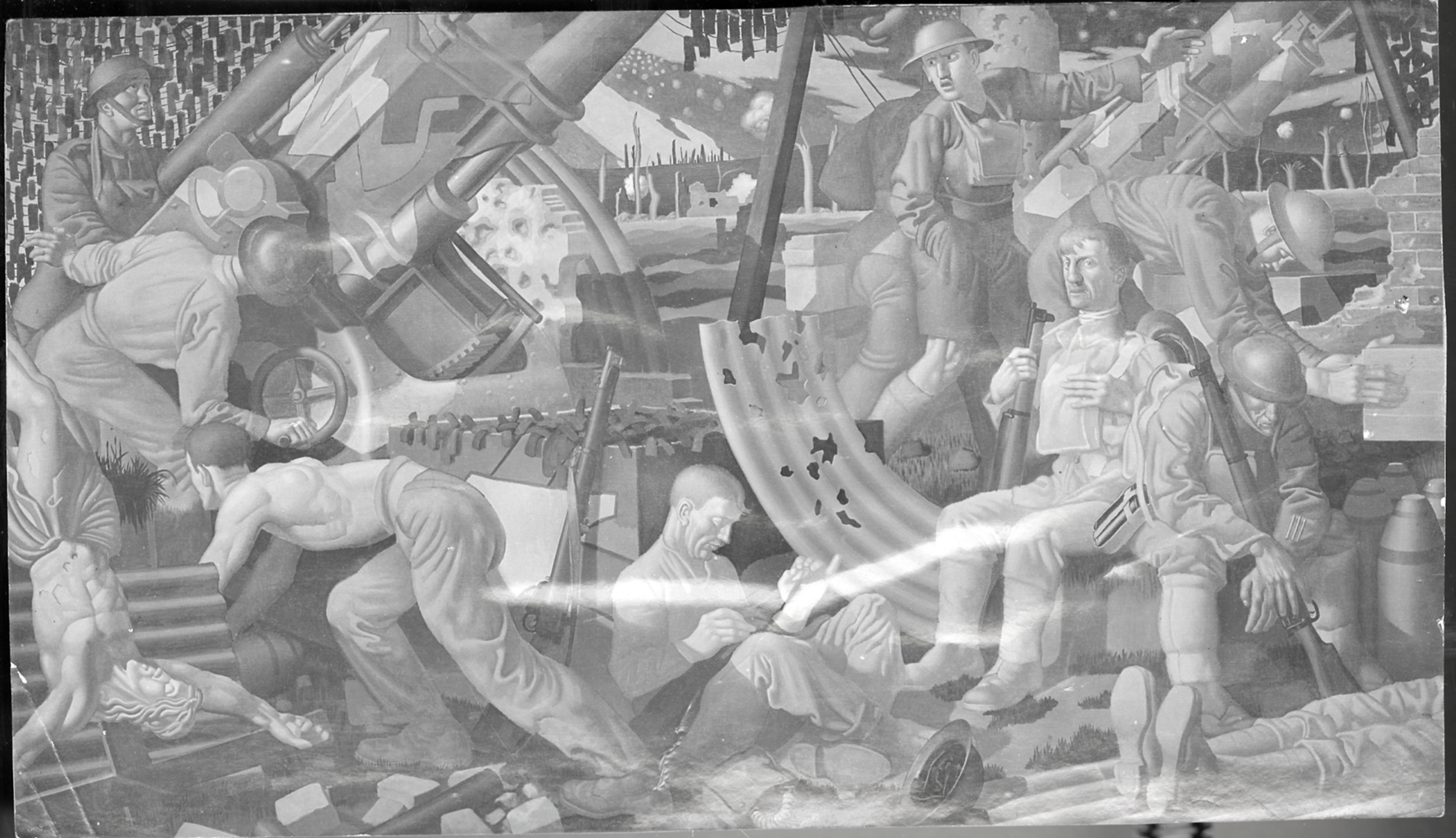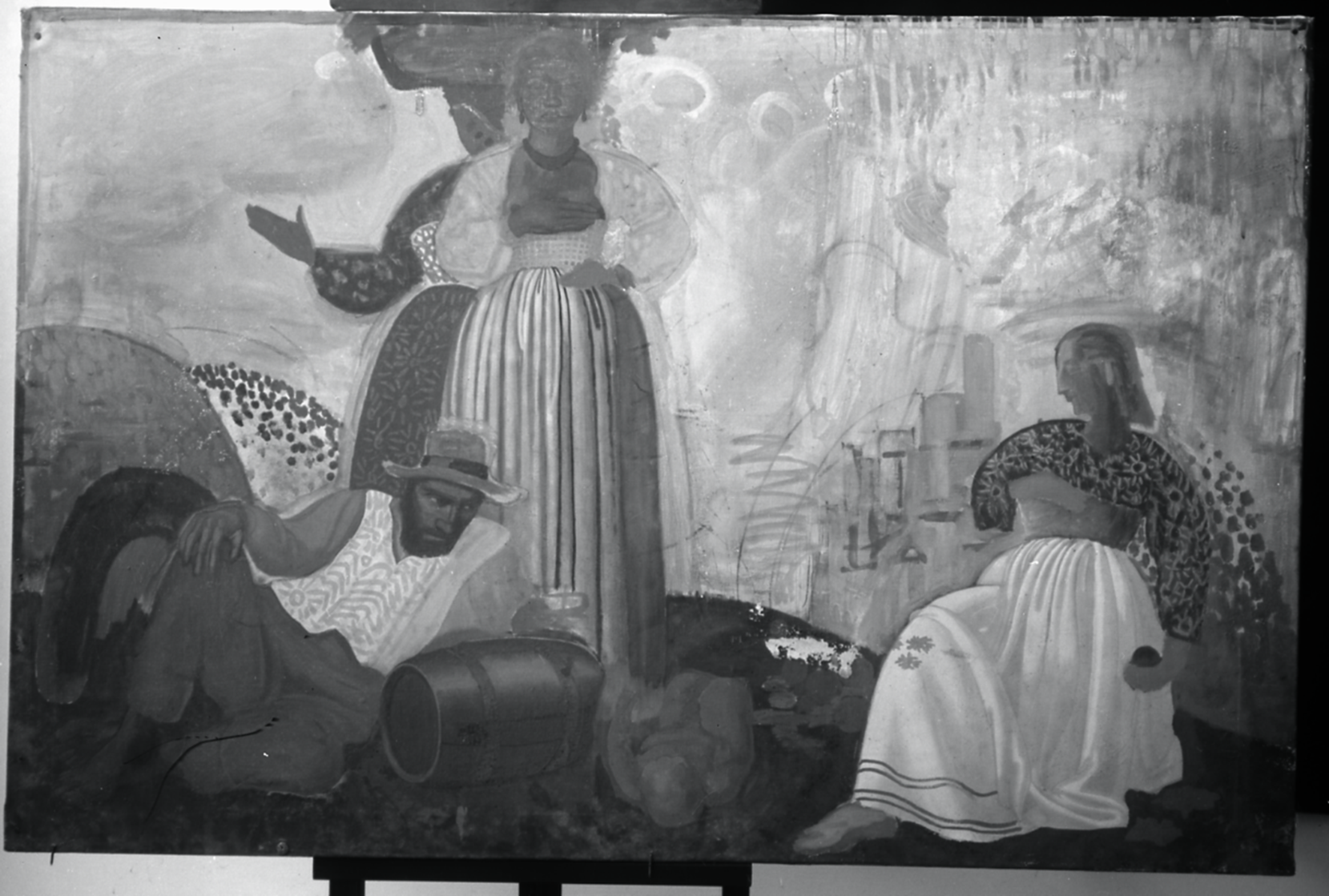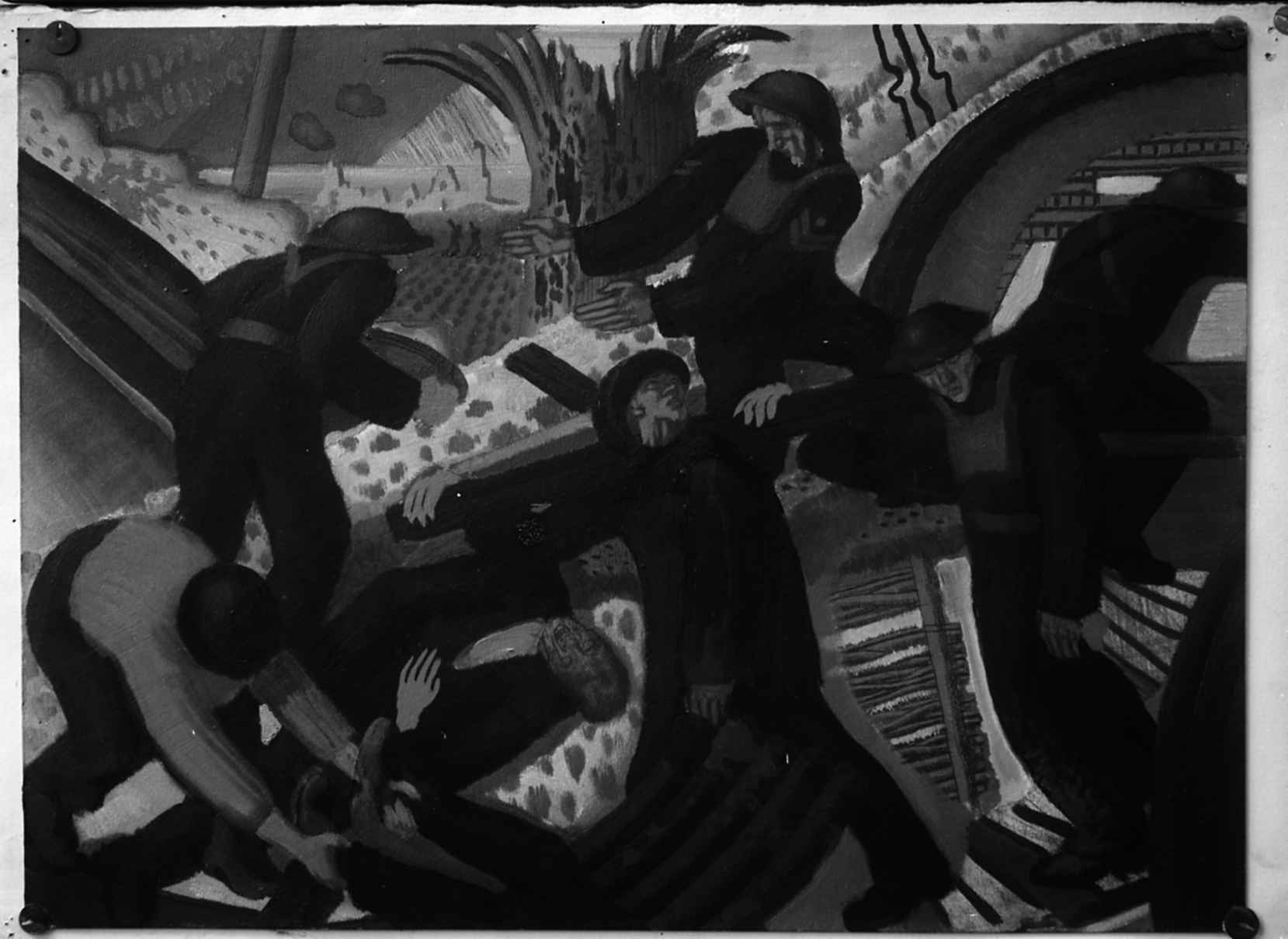
Eugénie Sellers Strong was an art historian, archaeologist and scholar of Roman and Baroque art. She was Librarian and then Assistant Director of the British School at Rome from 1909 to 1925 working with Director Thomas Ashby. Strong was the daughter of a wine merchant, educated in France and Spain who graduated in classics from Girton College Cambridge in 1882. She married Sandford Arthur Strong, the archivist of Chatsworth House Library, whom she succeeded in the post after his death. At one time a model for Pre-Raphaelite painters, she taught widely and published her research, including Roman Sculpture from Augustus to Constantine in 1907, which led in part to her appointment at the BSR.
Her research interests were largely focused on Roman sculpture, Etruscan art and, later, Baroque art which she continued to pursue alongside her administrative duties at the BSR. Strong’s tenure was pivotal and she had an impressive influence on the social life, cultural production and intellectual development of the institution. The archive contains numerable materials from her administration as she worked tirelessly as a supporter of students at the School; we can find numerous letters of recommendation and reference penned by Strong. The archive also holds a sizeable image collection which she bequeathed to the BSR in her will.
Strong maintained throughout her life a highly connected social circle; she numbered several famous and powerful people in her set. Gilchrist Scholar from 1920-1921, Agnes Sandys, recalled: “Her personality filled the place. Social life at the British School revolved entirely around her. You never knew whom you might not meet at her parties. Scholars of all kinds and many nationalities, distinguished artists, cardinals, bishops, and humble and learned friars.” Her role at the BSR came to an end in 1925 when she came into conflict with the wife of Thomas Ashby, whose tenure as Director also ended. She stayed on in Rome and in her later years, to the detriment of her posthumous reputation, was known for her support of fascism and Mussolini, whom she admired for his interest in archaeology and the classics.

Much of Strong’s archive remains understudied and unexplored. Her image and postcard collection and correspondence can be found in the BSR archive. Researcher Ben White has written blogs on what has begun to be unboxed here and here. See more about the postcard collection here.
Where would you like to go next? Who would you like to meet?
Sources and Further Reading
Beard, M. (2002). The Invention of Ellen Jane Harrison. Cambridge: Harvard University Press.
Dyson, S.L. (2004). Eugenie Sellers Strong: Portrait of an Archaeologist. London: Duckworth & Co.
Wiseman, T.P. (1990). A Short History of the British School at Rome. Rome: BSR.
White, B. ‘Archival Windows into life at the BSR: The Case of Eugenie Sellers Strong and Alexandrina Makin’, Life at the BSR Blog, Part 1: https://britishschoolatrome.wordpress.com/2021/03/25/archival-windows-into-life-at-the-bsr-the-case-of-eugenie-sellers-strong-and-alexandrina-makin-part-1/ Part 2: https://britishschoolatrome.wordpress.com/2021/04/08/archival-windows-into-life-at-the-bsr-the-case-of-eugenie-sellers-strong-and-alexandrina-makin-part-2/
Wallace-Hadrill, A. (Ed). (2001). The British School at Rome: One Hundred Years. Rome: BSR.
For a full bibliography and further reading, see here.


